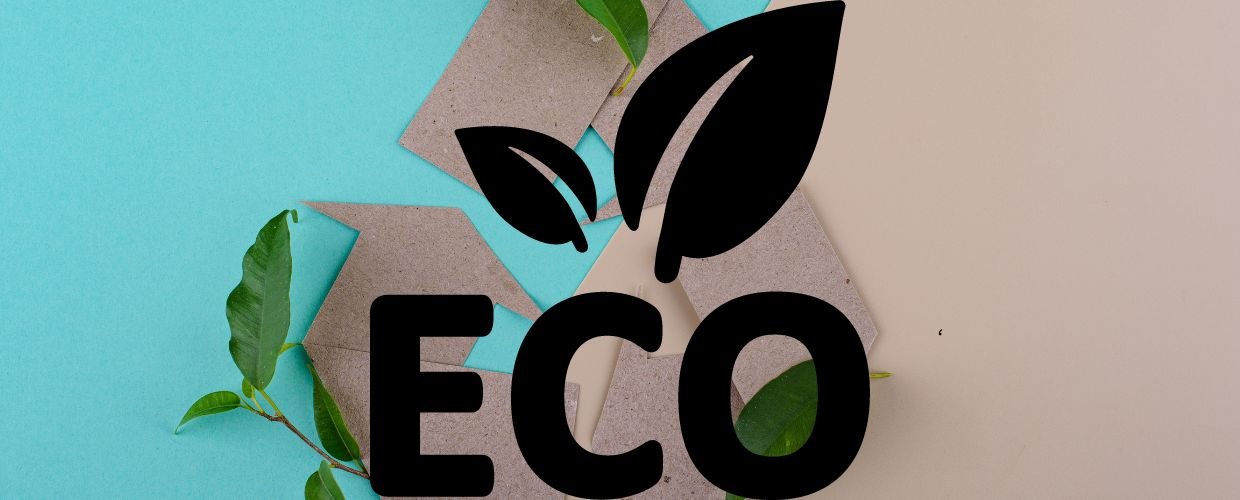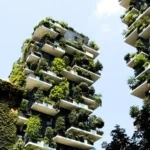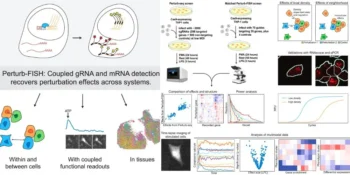Eco-design, or sustainable or green design, has emerged as a pivotal product and system development approach. This comprehensive exploration delves into the world of eco-design, uncovering its significance, principles, applications, challenges, and transformative potential for creating a more sustainable and environmentally conscious future.
The Significance of Eco-Design
Eco-design is not merely a design trend but a fundamental shift in how we conceive, create, and use products and systems. Its significance lies in several key attributes that contribute to a more sustainable and environmentally responsible approach to design:
Environmental Stewardship
At its core, it is driven by a commitment to environmental stewardship. It seeks to minimize the negative impacts of products and systems on the environment throughout their entire lifecycle. Considering environmental factors from the initial design phase aligns with global efforts to address pressing environmental challenges, such as climate change, resource depletion, and pollution.
Resource Efficiency
Eco-design places a strong emphasis on resource efficiency. It aims to optimize the use of materials and energy, reduce waste generation, and maximize the longevity of products and systems. This resource-conscious approach conserves valuable resources and contributes to economic savings and resilience in resource scarcity.
Innovation and Creativity
It fosters innovation and creativity by challenging traditional design paradigms. It encourages designers to think beyond aesthetics and functionality and consider their creations’ broader environmental and social implications. This creative approach leads to the development of innovative solutions that can revolutionize industries and drive sustainable progress.
Principles of Eco-Design
Eco-design is guided by a set of principles that govern its approach to sustainable design:
Lifecycle Thinking
Eco-design takes a holistic view of a product or system’s lifecycle, from raw material extraction and production to transportation, use, and end-of-life disposal or recycling. By considering the entire lifecycle, designers can identify opportunities to decrease environmental impacts at every stage.
Minimization of Environmental Impact
A core principle of eco-design is the minimization of environmental impact. Designers strive to reduce energy consumption, greenhouse gas emissions, waste generation, and pollution. This principle drives the selection of eco-friendly materials, energy-efficient manufacturing processes, and low-impact transportation methods.
Design for Durability and Longevity
It emphasizes the creation of products and systems that are built to last. By designing for durability, designers reduce the need for frequent replacements, which, in turn, conserves resources and reduces waste. This principle promotes quality over quantity and encourages a shift from disposable consumer culture.
Applications of Eco-Design
Eco-design has a wide range of applications across various industries, each reaping the rewards of sustainability and environmental responsibility:
Product Design
Product design principles are employed to create consumer goods that are more energy-efficient, durable, and recyclable. Eco-designed products often feature minimalist, lightweight designs that reduce material use and environmental impact.
Architecture and Building Design
Eco-design principles play a critical role in sustainable architecture and building design. Designers aim to create energy-efficient buildings, use renewable materials, and incorporate passive design strategies for heating, cooling, and lighting. Buildings are often equipped with renewable energy systems, such as solar panels and wind turbines, to reduce environmental impact further.
Transportation
The transportation industry embraces eco-design by developing fuel-efficient vehicles, electric cars, and hybrid propulsion systems. These innovations reduce greenhouse gas emissions and decrease the environmental footprint of transportation.
Industrial Processes
These principles are applied in industrial settings to optimize manufacturing processes, reduce resource consumption, and minimize waste generation. This approach not only enhances environmental performance but also improves the economic viability of industrial operations.
Challenges and Ethical Considerations
While eco-design holds immense promise, it also faces challenges and ethical considerations that must be addressed:
Trade-offs and Complexity
It often involves trade-offs between different environmental objectives. For example, increasing the durability of a product may require more resource-intensive manufacturing processes. Balancing these trade-offs requires careful consideration and analysis.
Consumer Behavior
Eco-designed products may not always align with consumer preferences or expectations. Educating consumers about the environmental benefits of products and encouraging sustainable consumption habits is an ongoing challenge.
Ethical Sourcing
Sourcing eco-friendly materials can be challenging, as it requires transparency in supply chains and adherence to ethical labor practices. Eco-designers must navigate these complexities to ensure the sustainability of their creations.
The Future of Eco-Design
Eco-design is poised to assume an even more substantial role in shaping the future of design and innovation:
Circular Economy Integration
It is becoming increasingly integrated into the circular economy concept, where products and materials are reused, remanufactured, or recycled. This integration promotes the longevity of products and reduces waste, driving a paradigm shift in consumption patterns.
Digital Tools and Simulation
Advancements in digital design tools and simulation technologies enable designers to assess environmental impacts more accurately. These tools optimize eco-design solutions by providing real-time feedback on materials, energy use, and environmental performance.
Policy and Regulation
Governments and international bodies recognize eco-design’s importance in achieving sustainability goals. Consequently, it will likely be supported by policies and regulations that encourage sustainable practices and incentivize eco-friendly design choices.
Conclusion
Eco-design is not a passing trend but a fundamental shift in how we approach design and innovation. Its significance lies in its capacity to reduce environmental impacts, conserve resources, foster creativity, and drive innovation. Ethical considerations, lifecycle thinking, and resource efficiency must guide development and implementation as it evolves.
The future it envisions is one where design and sustainability are inseparable, where products and systems are functional, aesthetically pleasing, and environmentally responsible. It catalyzes a future where creativity, innovation, and sustainability coexist harmoniously, paving the way for a more sustainable and environmentally conscious world.











